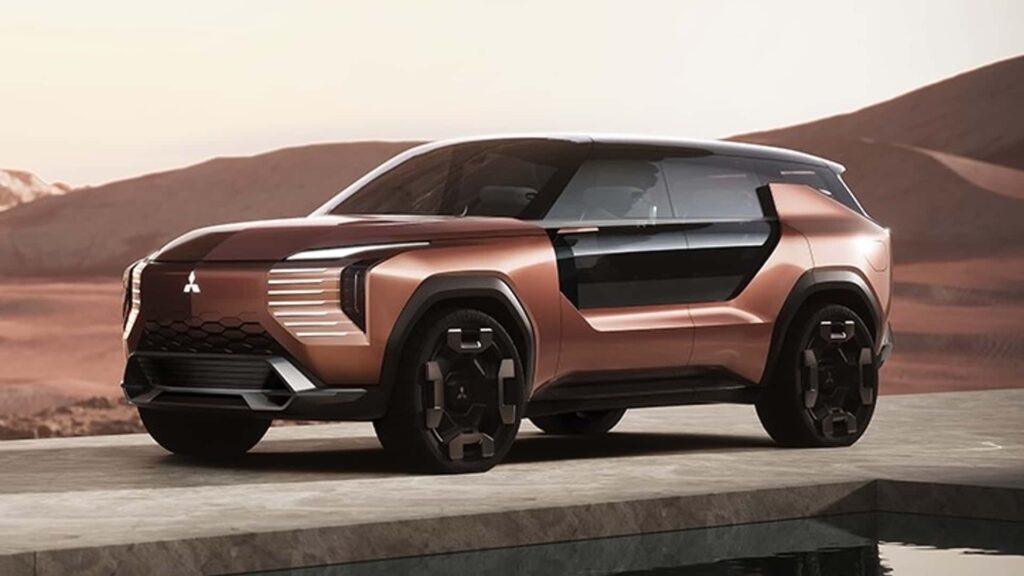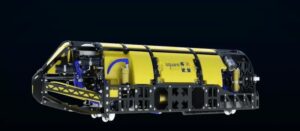
Mitsubishi has unveiled its latest concept vehicle, the Elevance, at the Japan Mobility Show 2025. This innovative quad-motor plug-in hybrid SUV is designed to seat six passengers and boasts the capability to power a camping trailer, showcasing the brand’s commitment to electrification and versatility.
The Elevance features a striking capsule-like design, reflecting Mitsubishi’s forward-thinking approach. This concept vehicle could potentially pave the way for future iterations of the popular Outlander or the iconic Pajero. Mitsubishi has established itself as a leader in the plug-in hybrid market, and with the Elevance, it aims to further enhance its reputation in this segment.
Advanced Powertrain and Technology
The Elevance is equipped with four electric motors—two located in the front wheels and two at the rear. The front motors enhance steering stability, while the rear units incorporate Active Yaw Control (AYC), which minimizes wobble and sway, thereby reducing the likelihood of motion sickness for passengers. This setup represents an evolution of Mitsubishi’s Super-All Wheel Control (S-AWC), allowing for precise torque distribution to each wheel.
A “large-capacity” traction battery powers the electric motors, complemented by a “high-efficiency” gasoline engine that is capable of running on carbon-neutral fuels. This combination positions the Elevance as a plug-in hybrid, although it may also function as an extended-range electric vehicle (EREV). The specifics of this layout have not been fully disclosed, as Mitsubishi has opted to classify the vehicle primarily as a PHEV.
The automaker emphasizes that the Elevance is built for diverse driving conditions, from urban environments to rugged terrains. In line with modern automotive trends, the SUV features an AI Co-Driver intended to assist drivers in exploring new destinations tailored to their preferences.
Interior Features and Future Implications
Inside, the Elevance offers a spacious cabin with three rows of seating for up to six individuals. Notably, the front seats can rotate 180 degrees, facilitating a more intimate atmosphere within the vehicle. A large, full-width display dominates the dashboard, alongside an LCD screen integrated into the steering wheel.
Although Mitsubishi has not released details regarding the power output or electric range of the Elevance concept, these aspects are likely secondary given that the vehicle is not yet slated for mass production. Nevertheless, the design and features of the Elevance may influence future Mitsubishi models, potentially integrating an AI Co-Driver into upcoming iterations of the Pajero or Outlander.
As the automotive industry evolves, Mitsubishi continues to innovate, positioning itself at the forefront of hybrid technology and sustainable mobility solutions. The Elevance concept serves as a testament to the brand’s vision and its commitment to meeting the demands of modern drivers.






